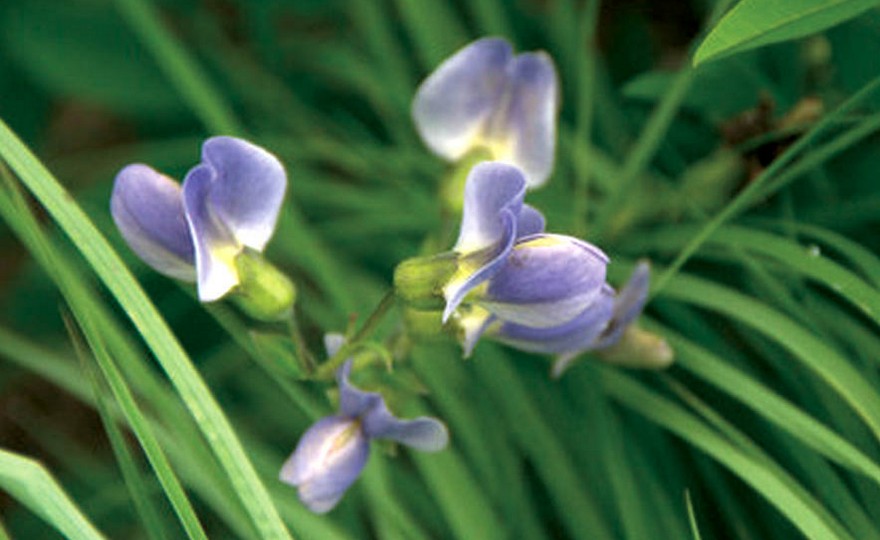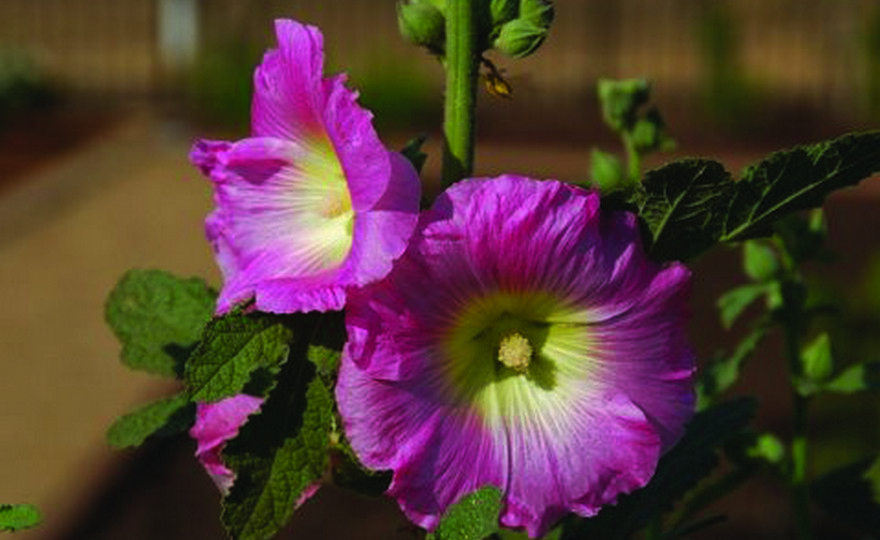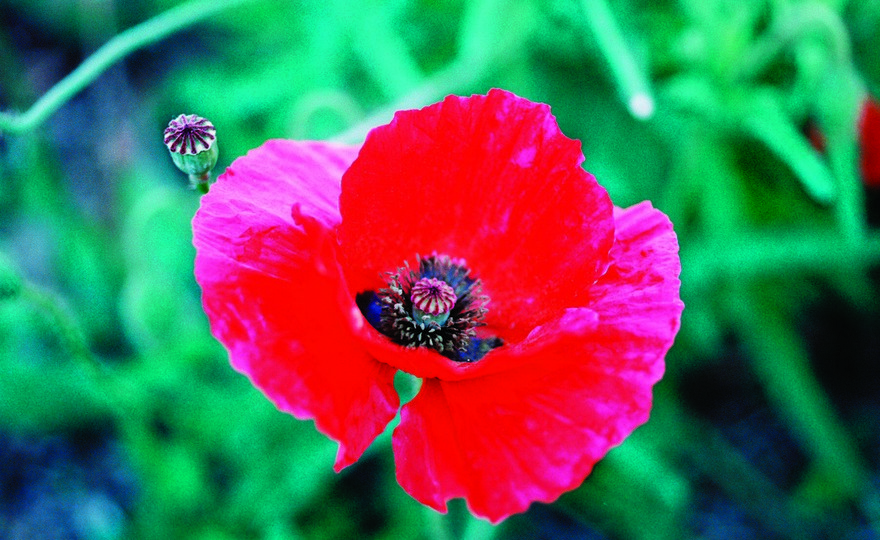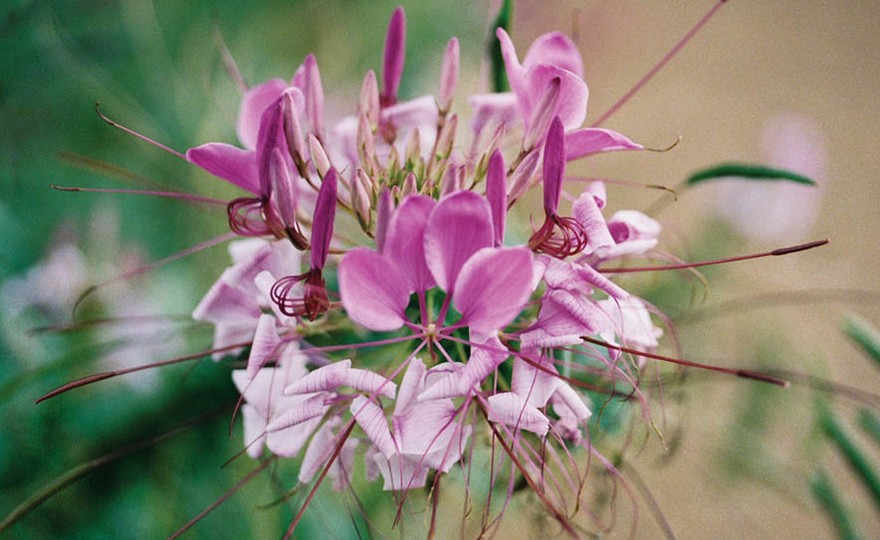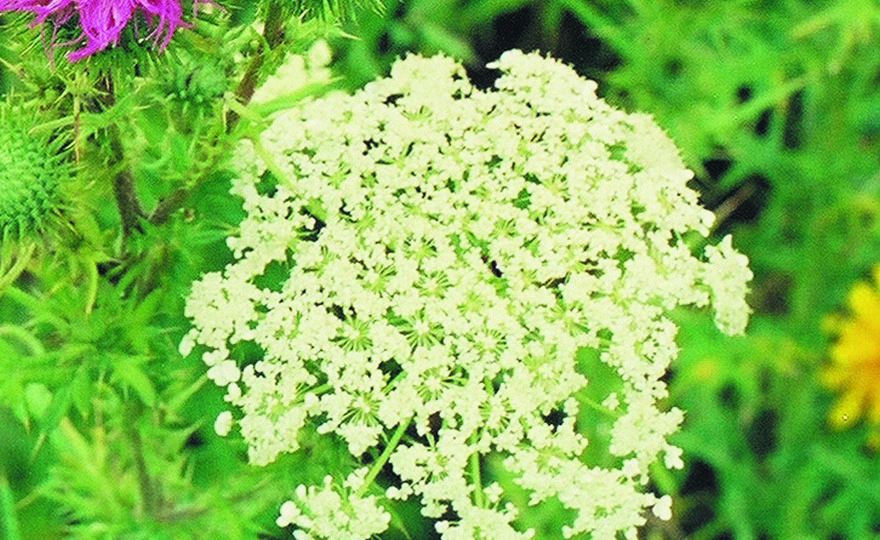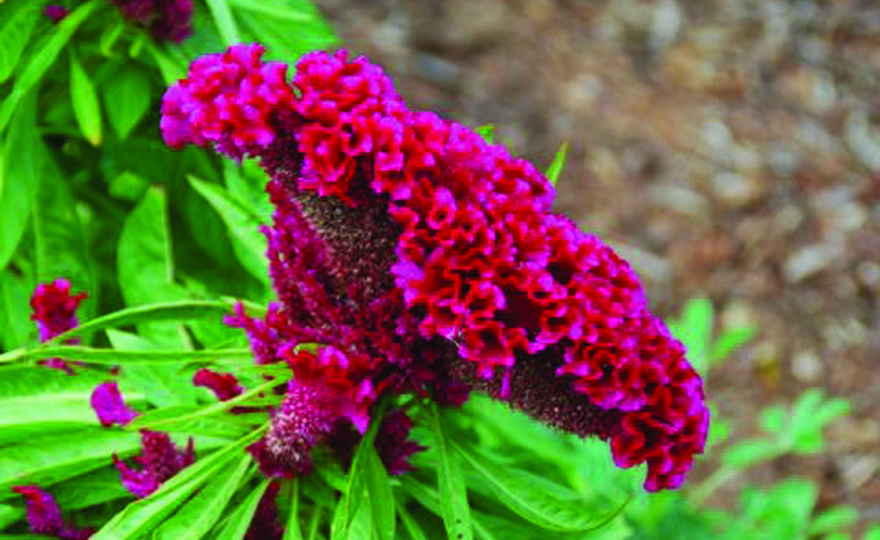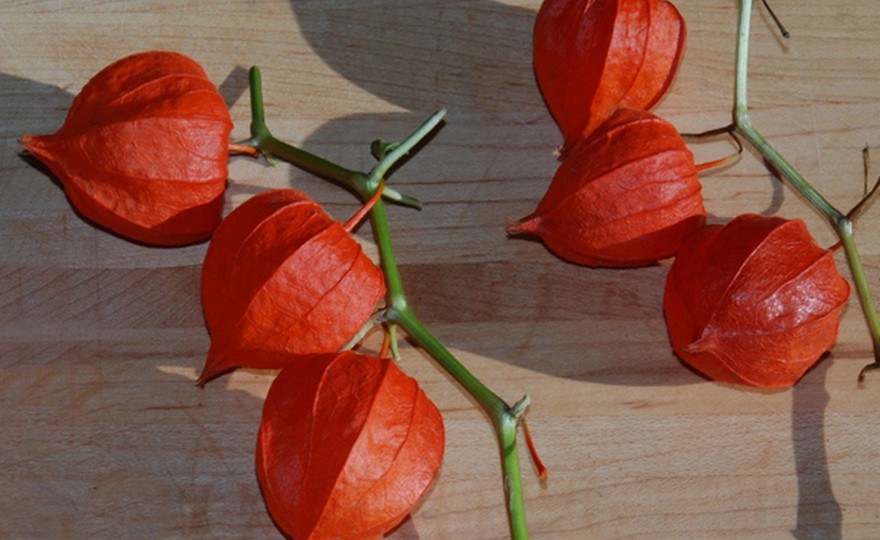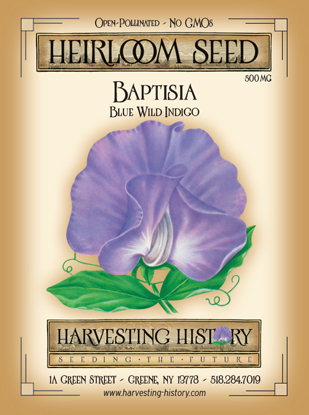
Baptisia (False Indigo)
-
- **SOLD OUT** HOLIDAY GIFTS **SOLD OUT**
- **SOLD OUT** Holiday Books **SOLD OUT**
- **SOLD OUT** Holiday Citrus **SOLD OUT**
- **SOLD OUT** Holiday Gift Certificates **SOLD OUT**
- **SOLD OUT** Holiday Paperwhites **SOLD OUT**
- **SOLD OUT** Holiday Praying Mantis Kits **SOLD OUT**
- **SOLD OUT** Holiday Tools **SOLD OUT**
- **SOLD OUT** Holiday Wildflower Mixtures **SOLD OUT**
- Citrus Trees
- **SOLD OUT** - Vegetable and Herb Plants - Mix & Match any 6 Plants for $50 - Only Shipped in Quantities of 6
- Elephant Ear Plants & Roots
- **SOLD OUT** 4-Inch Pot Herb Plants **SOLD OUT**
- Rare Plants
- **SOLD OUT** Vining Plants **SOLD OUT**
- Asian Seeds
- Beneficial Bugs
- Books
- Citrus Fertilizers
- Cold-Treated Bulbs - SEE BULBS FOR FALL PLANTING TO ORDER
- Cold-Treated Allium
- Cold-Treated Chionodoxa
- Cold-Treated Crocus
- Cold-Treated Hyacinthoides
- Cold-Treated Hyacinthus Orientalis
- Cold-Treated Narcissus
- Cold-Treated Cyclamineus Narcissus
- Cold-Treated Double Heirloom Narcissus
- Cold-Treated Jonquilla Narcissus
- Cold-Treated Large Cupped Narcissus
- Cold-Treated Poeticus Narcissus
- Cold-Treated Small Cupped Narcissus
- Cold-Treated Species Miniature Narcissus
- Cold-Treated Split Cupped Narcissus
- Cold-Treated Tazetta Narcissus
- Cold-Treated Triandus Narcissus
- Cold-Treated Trumpet Daffodils
- Cold-Treated Ornithogalum
- Cold-Treated Rock Garden Iris
- Cold-Treated Scilla
- Cold-Treated Tulips
- Cold-Treated Emperor Tulips
- Cold-Treated Fringed Tulips
- Cold-Treated Green or Viridiflora Tulips
- Cold-Treated Lily Flowering Tulips
- Cold-Treated Parrot Tulips
- Cold-Treated Peony Flowering Tulips
- Cold-Treated Single Early Tulips
- Cold-Treated Single Late Tulips
- Cold-Treated Species Tulips
- Cold-Treated Triumph Tulips
- Flower Bulbs, Corms and Tubers
- **SOLD OUT** Bulbs for Spring Planting **SOLD OUT**
- **SOLD OUT** Begonia **SOLD OUT**
- **SOLD OUT** Cannas **SOLD OUT**
- **SOLD OUT** Crocosmia **SOLD OUT**
- **SOLD OUT** Gladiolas **SOLD OUT**
- **SOLD OUT** Pineapple Lilies **SOLD OUT**
- **SOLD OUT** Caladiums **SOLD OUT**
- **SOLD OUT** Calla Lilies **SOLD OUT**
- **SOLD OUT** Dahlias **SOLD OUT**
- **SOLD OUT** Specialty-Gallery-Dark Angel Series **SOLD OUT**
- **SOLD OUT** Specialty Dahlias **SOLD OUT**
- **SOLD OUT** Specialty-Anemone Flowering Dahlias **SOLD OUT**
- **SOLD OUT** Cactus Dahlias **SOLD OUT**
- **SOLD OUT** Decorative Dahlias **SOLD OUT**
- **SOLD OUT** Dinnerplate Dahlias **SOLD OUT**
- **SOLD OUT** Fimbriata Dahlias **SOLD OUT**
- **SOLD OUT** Specialty-Gallery Dahlias **SOLD OUT**
- **SOLD OUT** Specialty-Peony Flowering Dahlia **SOLD OUT**
- **SOLD OUT** Specialty-Pom Pon Dahlias **SOLD OUT**
- **SOLD OUT** Lilies **SOLD OUT**
- Bulbs for Fall Planting - ALL BULBS AVAILABLE ARE COLD TREATED FOR PLANTING AS SOON AS SOIL CAN BE WORKED
- Fall Blooming Bulbs
- **SOLD OUT** Bulbs for Spring Planting **SOLD OUT**
- Garden Tools & Equipment
- Gift Certificates
- HHH Exclusive Wildflower Mixtures
- Wildflower Mixtures
- Heirloom Garlic
- **SOLD OUT** Potatoes **SOLD OUT**
- Roots & Sets
- Seeds
- Flowers
- Herbs
- Vegetables
- **SOLD OUT** HOLIDAY GIFTS **SOLD OUT**
-
- No products to compare
-
Quick Overview
Baptisia (False Indigo)
Baptisia should be planted in the spring when the danger of frost has passed. The seeds can be scored and soaked for 12-24 hours before planting to optimize germination. The plants do best in lime-free, stony soil with full sun though they can tolerate mild shade. They are relatively drought resistant and hardy from Zone 3-Zone 8. Baptisia plants grow 3-4 feet with a 2 foot breadth. Baptisia plants have a long taproot, and because of this they DO NOT transplant well. Choose their permanent spot when you plant the seeds, because that is where they will remain.
| Type | Spacing | Planting Depth | Days to Germination | Blossoms |
| Perennial | 3-4 ft. | 2 in. | 14-21 | 120-150 |

Baptisia (False Indigo)
Baptisia is an herbaceous perennial shrub that is native to several areas of North America including the Central and Northeastern United States . It is also known as False Indigo because the leaves of the plant can be used to produce a pale blue dye. In fact, the name, Baptisia, comes from the Greek word bapto which means to dye or to immerse. The plants produce beautiful, blue flowers which resemble the blossoms of Sweet Peas, on spikes 4-6 inches long. Several Native American tribes were familiar with and used Baptisia. The Cherokees made dyes with the leaves and harvested the roots to make a tea which could be used to ease toothaches and nausea and as a purgative. It was the Cherokees who taught the early colonists the uses of Baptisia. The Osage Indians also used Baptisia. They made an eyewash from its roots. The plant, after being cataloged by Lewis and Clark during their expedition of 1806, became a familiar border plant in the flower gardens of Americans. Joseph Breck, in his 1851 book, The Flower Garden, described Baptisia as”…a handsome border flower of the easiest culture, exceedingly hardy and indigenous to some parts of North America…”

